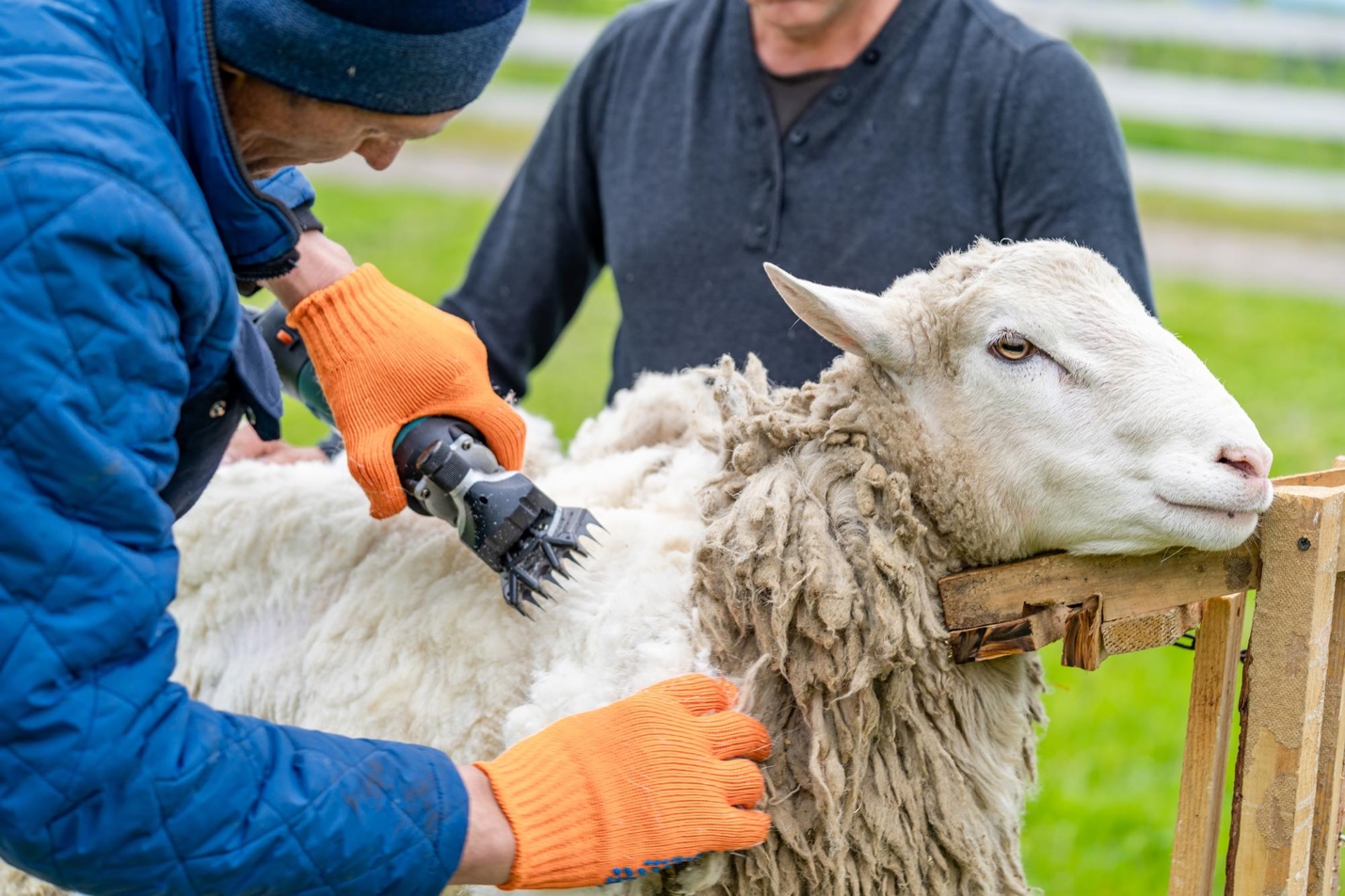Credit: rawpixel.com Via Freepik
The modern fashion consumer has countless options. They can shop for street-style clothes for a casual day in the big city or formal cuts for a night on the town. They can buy bespoke, handmade threads from an independent retailer or opt for big brands that mass-produce clothing (not a good option – but an option nonetheless).
Finally, they can choose from a bevy of materials, both natural and synthetic. When a fashion shopper clicks through clothing sites online, they may come across industry standards like cotton and polyester or lesser-used fabrics like bamboo, rayon, linen, chiffon, jersey, tweed, viscose and roughly a dozen others.
But there’s one material that rises about the rest. There’s one choice that a discerning consumer always makes, because they know it will be quality: merino wool.
In this article, let’s explore everything you wanted to know about merino wool – where it’s from, why it’s held in such high regard, and why it’s particularly popular in the travel community. If you’re curious about learning even more, this ultimate guide to merino wool goes further in-depth.
What Is Merino Wool?
Put simply, merino wool is the natural fibre of the Merino sheep, a breed developed in Spain sometime around the late Middle Ages. Merino wool has been coveted since its development, prized by traders, importers, fashion houses and consumers for its soft texture and versatile properties.
Nowadays, merino wool is produced outside of Spain – mainly in Australia and New Zealand, where Merino sheep roam freely.
Is It Like Other Types of Wool?
No, merino wool isn’t like other wools, which tend to be coarse, scratchy and heavy. By contrast, merino wool is light with ultra-fine fibres that create a soft touch. The drape of a merino garment more closely resembles cashmere or jersey knit than traditional heavy wools.
Credit: megafilm Via Freepik
What Are Its Benefits?
Merino wool is more than just a soft material with a Medieval past; it shares some unique properties with the sheep that produce it.
Merino wool is insulating and breathable, a versatile mix that – in the wild – helps regulate the sheep’s temperature. This versatility means that a merino wool garment fares well in hot and cold weather. And thanks to its natural porousness, merino wool is sweat-wicking too, able to move moisture away from the skin.
Why Is It So Popular in the Travel Community?
Merino wool is incredibly popular in the travel community because, in addition to its temperature versatility, the material is antibacterial.
As most know, bacteria are the main culprit in body odour. As your body produces sweat, microbes feast on the liquid, producing waste and dead bacteria in the process (yes, it’s gross). This waste gives rise to body odour. Because merino wool is naturally antimicrobial, it resists body odour, keeping its wearer fresh for days (sometimes even weeks). Travellers can pack one or two t-shirts for a month-long trip and still smell fresh without any trips to the laundromat.
That’s everything you need to know about merino wool – a material with a long history and modern relevance. If you want a comfortable outfit that keeps you looking and feeling fresh, look for merino wool.























